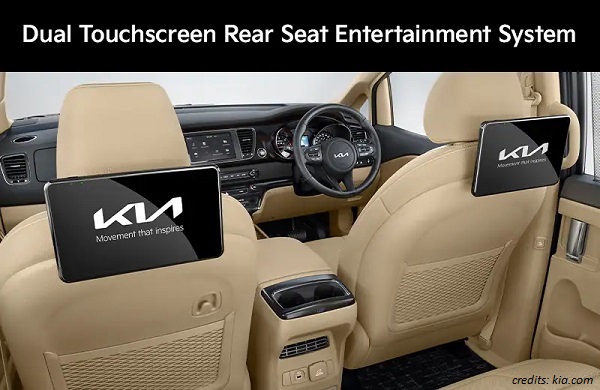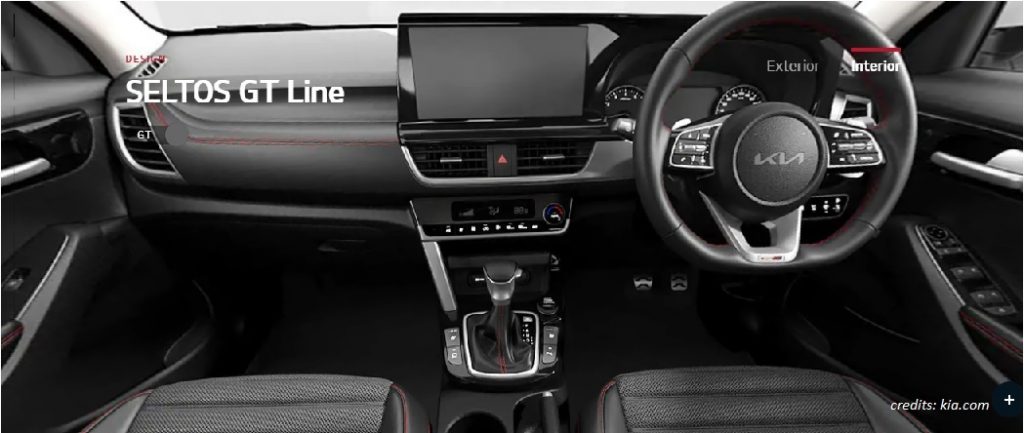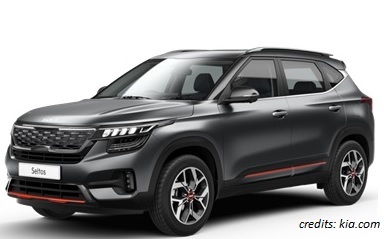The Secret Ingredient of Kia’s Success in India: Catering to the pulse of aspirational buyers
KIA entered the Indian automotive market in August 2019. It took the car maker less than 2 years (August 2021) to achieve sales of 300,000 cars. Commenting on the reasons for Kia’s early success, the management says, “since its entry in India, Kia focussed on narrowing the gap between affordability and luxury, with a wide choice of variants per model at an optimal price range, giving the brand vast market acceptance”.
It is worth noting that Kia sells cars that fall in the premium price range. This reaffirms the ground reality that India is no more a small or budget cars market. This begs the question:
What Did Kia Do to Create Such an Impact in The Indian Automotive Market ?

Consumer focussed and thorough Market Study
In an interview, Tae-Jin Park, Managing Director, and CEO, Kia India says, “While entering the Indian market, we conducted thorough research for two years to understand customer needs, sentiments, and industry gaps. Upon finding these needs, we focussed on four major areas, including design, connected technology, and segment-leading features.”
Re-branding
Kia Motors India has recently changed its name to Kia India. While most people recognise the car brand as Kia and customers are already aware and confident about Kia’s offerings, this re-branding strategy has a larger purpose. The change in the name indicates a strong local presence, shows financial autonomy, promotes the idea of local responsibility and being invested in the domestic economy, and shows the sincerity of intent to their dealers and vendors. Above all, in the wake of the EV and CASE disruptions, it helps them move away from being known as just a motor car-making company.

Portfolio of only 3 Products !!
Two SUVs viz. Kia Seltos and Kia Sonet and One MUV Kia Carnival are the only three products launched by Kia in India so far. And yet, just with these products, it has already managed to be the fastest-growing car company achieving sales of 300,000 vehicles within two years of establishment. The company has boldly and consciously launched segment-first premium features in all its models beginning from its first launch – SELTOS. The range of variants within each model helps customers choose a value-for-money product fit.
Segment first features
All Kia vehicles exceed vehicle category expectations in terms of looks, space, connectivity, sound system, an option of both automatic and manual transmission. Even their first launch was BS-VI compliant. Launched at an attractive $ 13k price point along with its futuristic technology and tiger-nose grille design, the Seltos soon became an irresistible product. This success was replicated in the next two launches that saw features such as voice commands, sunroof, wireless charging, and more. Their range offers the best engine options as well. Kia’s segment-first features laden vehicles are priced competitively ranging from a base variant leading up to the costlier variants. This gives “the opportunity to choose, the satisfaction of buying best in class and an ownership experience that exhilarates our customers” says Kookhyun Shim, Ex MD & CEO of Kia India.


Technology First Front-end Approach
Kia has developed a strong network of sales dealerships across India. The company aims to increase its network from 300 to 360 sales touchpoints and wants to serve at least 90% of the Indian market including Tier 3, 4, and rural markets. Kia has offered its customers an end-to-end digital purchase possibility from the beginning. They are now integrating the digital and retail touchpoints that they call the “phygital” model. The Kia Digi-Connect is an initiative in the same. A recent Frost & Sullivan survey showed that almost 60 percent of millennials are open to buying vehicles online.
Kia’s numero uno offering for the Indian market, the Kia Seltos, was launched when the automobile sector was witnessing an economic downturn further aggravated by the pandemic in due course. However, Kia managed to still win in increasing its sales and has become a new entrant to reckon with. The company’s management reiterates that studying consumer preference and behaviour closely helped them launch vehicles required by the market rather than bringing their previous portfolio to India. Technology has bridged the information gap between rural and urban India. Kia found that rural and small urban towns also had people with income profiles similar to their counterparts in top cities of India. It was a revelation that all these consumers have aspirations similar to those in larger cities and are equally comfortable with technology-enabled consumption.

A Grant Thornton report says that the rising middle-class and young populations coupled with increasing disposable incomes and urbanisation are driving the growth of new vehicle sales in India.
Solid Back-end Operations
Kia’s state-of-the-art manufacturing facility at Anantpur, Andhra Pradesh was set up at an investment of $1.1 bn. The advanced production facility is equipped with over 450 robots, artificial intelligence, and environmentally conscious techniques such as 100% water recycling. Kia considers India as a key market and the company is optimistic of boosting sales even further and of exporting to other important markets. “India will fuel our growth not just in the region but will also remain an important production, research, and development hub for us,” says Park, its MD & CEO.
The Kia Sonnet, for example, has been designed and built specifically for the Indian market. It, however, drew attention in other countries due to the collaborative efforts of R&D centres in India and other countries. Kia, therefore, decided to manufacture and launch it first in India but also sell to 70 other countries across the world.
And Kia’s journey continues …………..
According to the Indian government’s think-tank Niti Aayog, only 22 people out of a thousand own a car in India, as opposed to 980 and 850 per 1,000 in the US and the UK respectively, which means the Indian market is still under-penetrated.
In-depth research to extensively gauge consumer behaviour and preferences, R&D-based innovative solutions, best-in-class as well as tech connected features, and technology-enabled sales channels have all contributed to Kia driving in the fast lane to success.
India seems hungry for more; are you ready?
For more information about the Indian Automotive Market write to sudhir.nerurkar@quanzen.com





